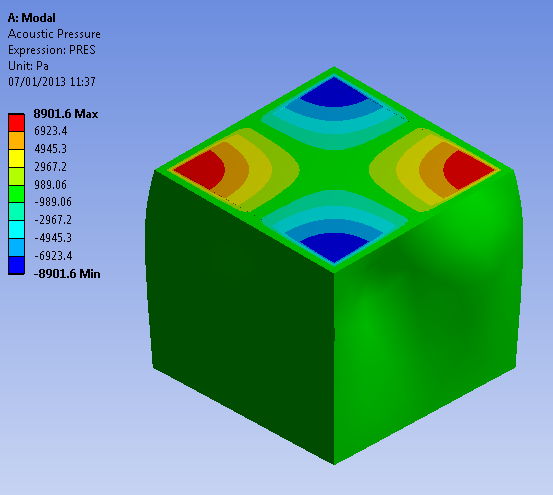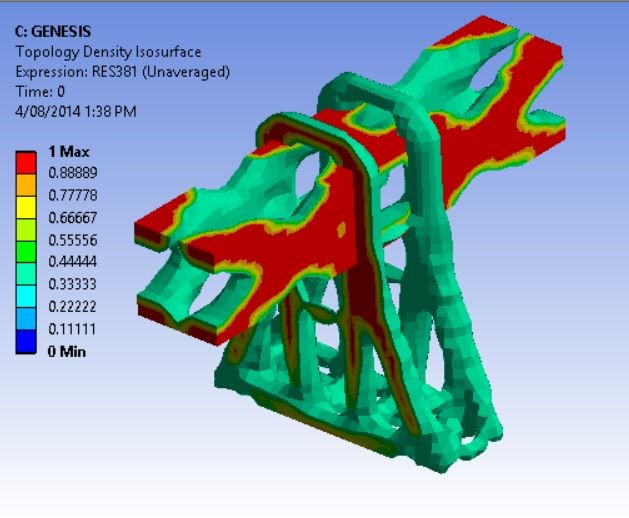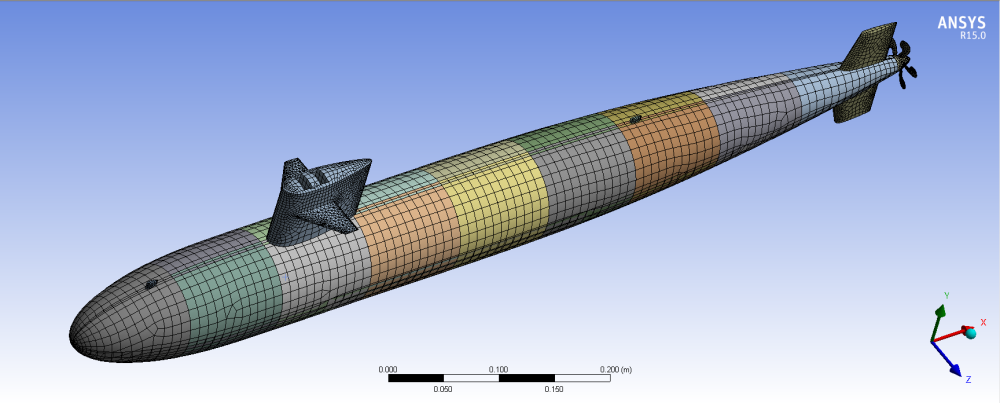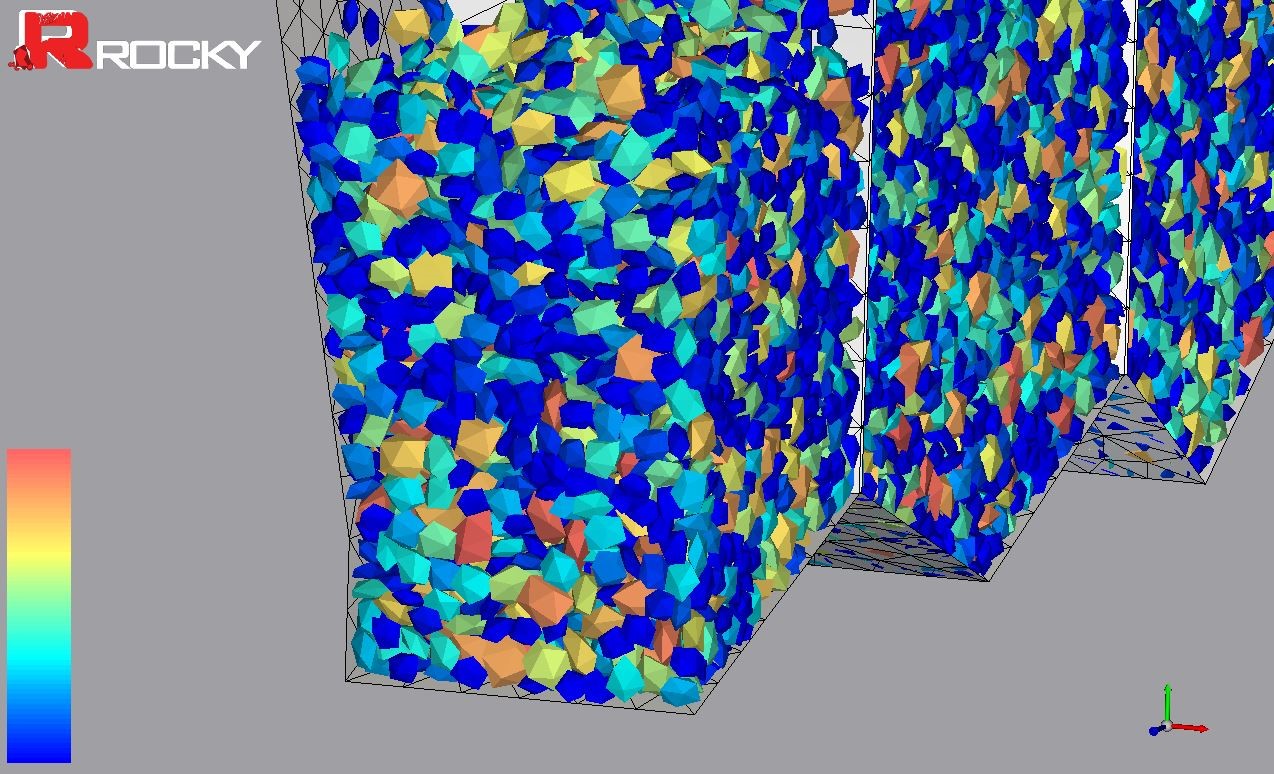Today we present a new and easy way to transfer loads from DEM simulations (ROCKY version 3.0 released September 2014) to ANSYS using External Data coupling in ANSYS Workbench. Discrete Element Method and ROCKY The Discrete Element Method (DEM) is a computational technique originally developed in the 1970s that has gained great popularity in recent…
Archives for 2014
Guest Blog: Results Validation at Curtin Motorsport

In February 2014, Curtin Motorsport Team’s Frame & Body Technical Lead Nisarg Thakrar and Chassis Thesis Project Lead John Christensen conducted torsional stiffness validation testing on the team’s 2012 chassis. The purpose of this physical testing was to determine the chassis’ actual torsion stiffness value and to validate the results predicted through FEA simulations performed…
Designing Quieter Products With Computer Aided Engineering

In today’s marketplace companies are using simulation technology more and more in their product development process to make product development faster and to produce better quality products. Often the assessment of the acoustic qualities of a product is conducted towards the end of the design cycle in a build and test scenario which is both…
Topological Optimisation with FEA

Often companies are under huge pressure to minimise the cost and weight of their products and optimise their design. Finite element technology allows engineers to improve their design in a virtual simulation world but often this is done manually using a trial and error approach. By using the optimisation kernel inside ANSYS (powered by GENESIS,…
Simulation Driving the Transport Industry

LEAP Australia recently ran a webinar demonstrating some of the processes and factors to consider when embarking on the simulation driven design process. Watch the recording below: Earlier this year, Melbourne hosted the 2014 International Truck, Trailer & Equipment Show (ITTES) and – amidst declining automotive, mining and manufacturing industries in Australia – the event…
An Overview of Methods for Modelling Bolts in ANSYS

Bolted joints are commonly used to assemble mechanical structures. Modelling bolts for three-dimensional finite element applications has always been a tricky proposition because the details of bolt geometric features usually result in large model size and high computational cost. Therefore, efficient methods to model bolts are always desirable. The approach to modelling bolts usually…
Non-linear FEA: Contact Stabilisation

When it comes to discussing non-linear capabilities, non-convergence error messages are the most common stumbling block. A non-linearity, in other terms, a change in the stiffness matrix as the calculation is performed, can be due to yielding (plasticity), deformation of the structure (eg. tension on a fishing rod) or to a contact status change. …
Meshing Improvements with ANSYS 15

ANSYS Meshing has developed rapidly within the last five years; Body by Body meshing was introduced in 2011 with the emergence of R13, followed a year later by Mesh Connections in R14. A little known feature within R14 is the capability to record and replay meshing strategies in order to increase meshing robustness (See…
What is Fatigue?
Fatigue is failure under repeated or otherwise varying load which never reaches a level sufficient to cause failure in a single application. Component seems to lose strength after multiple load applications, appears to get tired, hence the name “fatigue”. Failure caused by fatigue can be minor or catastrophic. The consequences of failure are…



